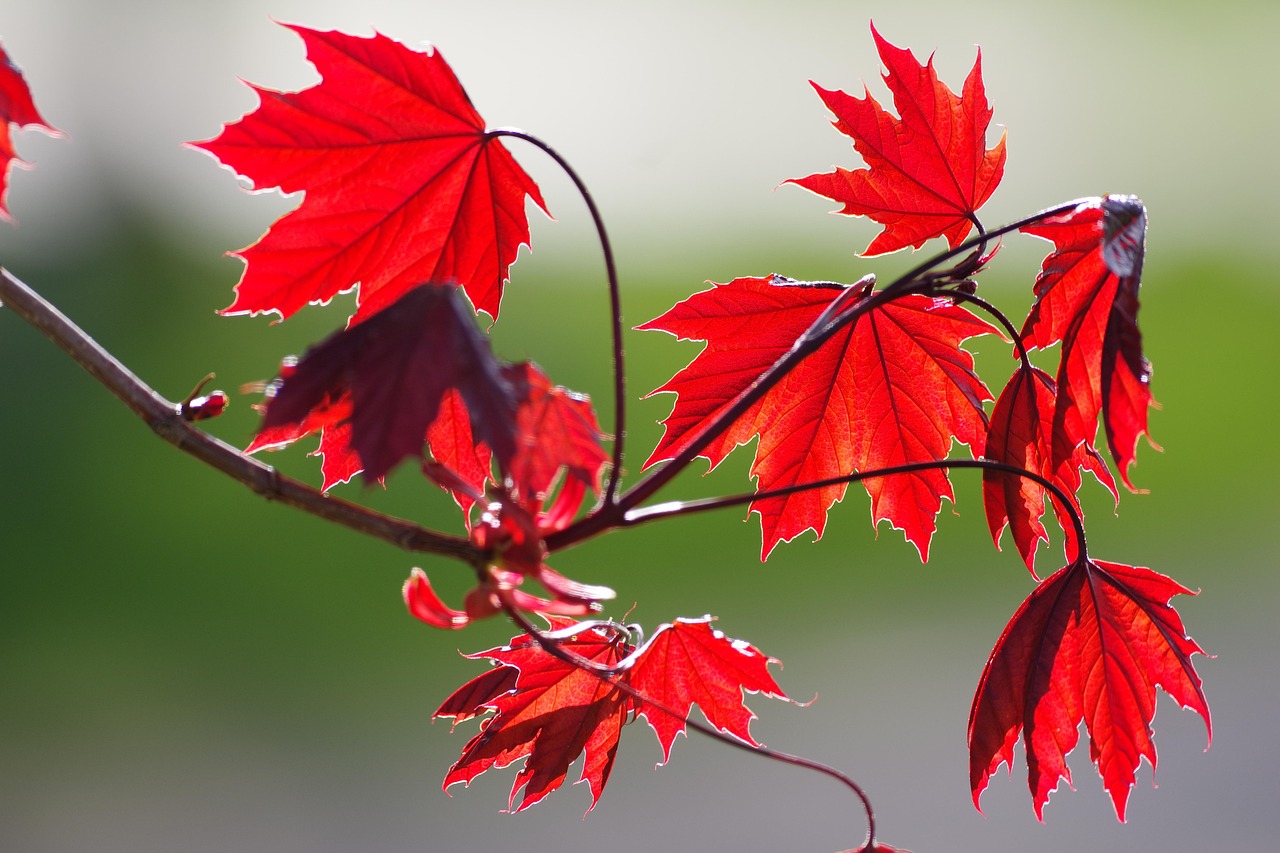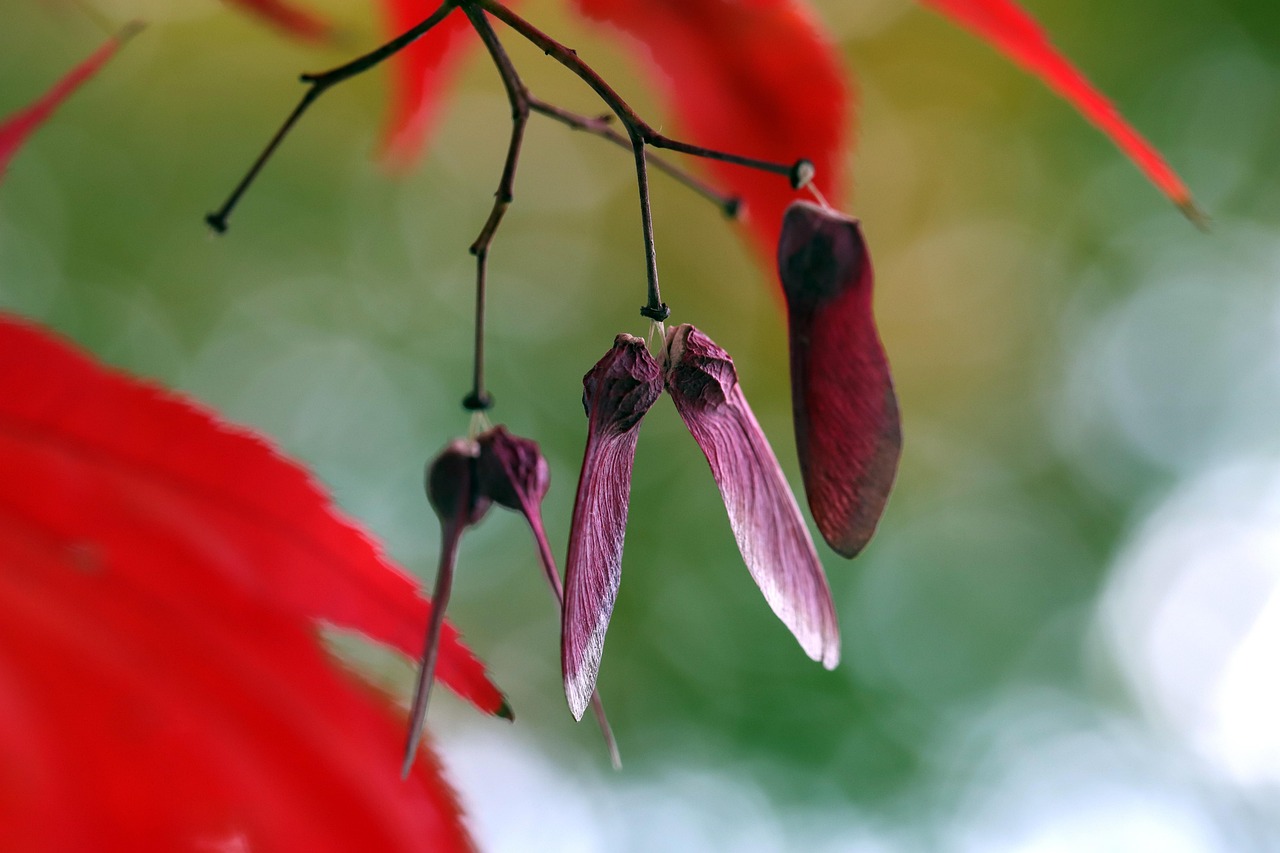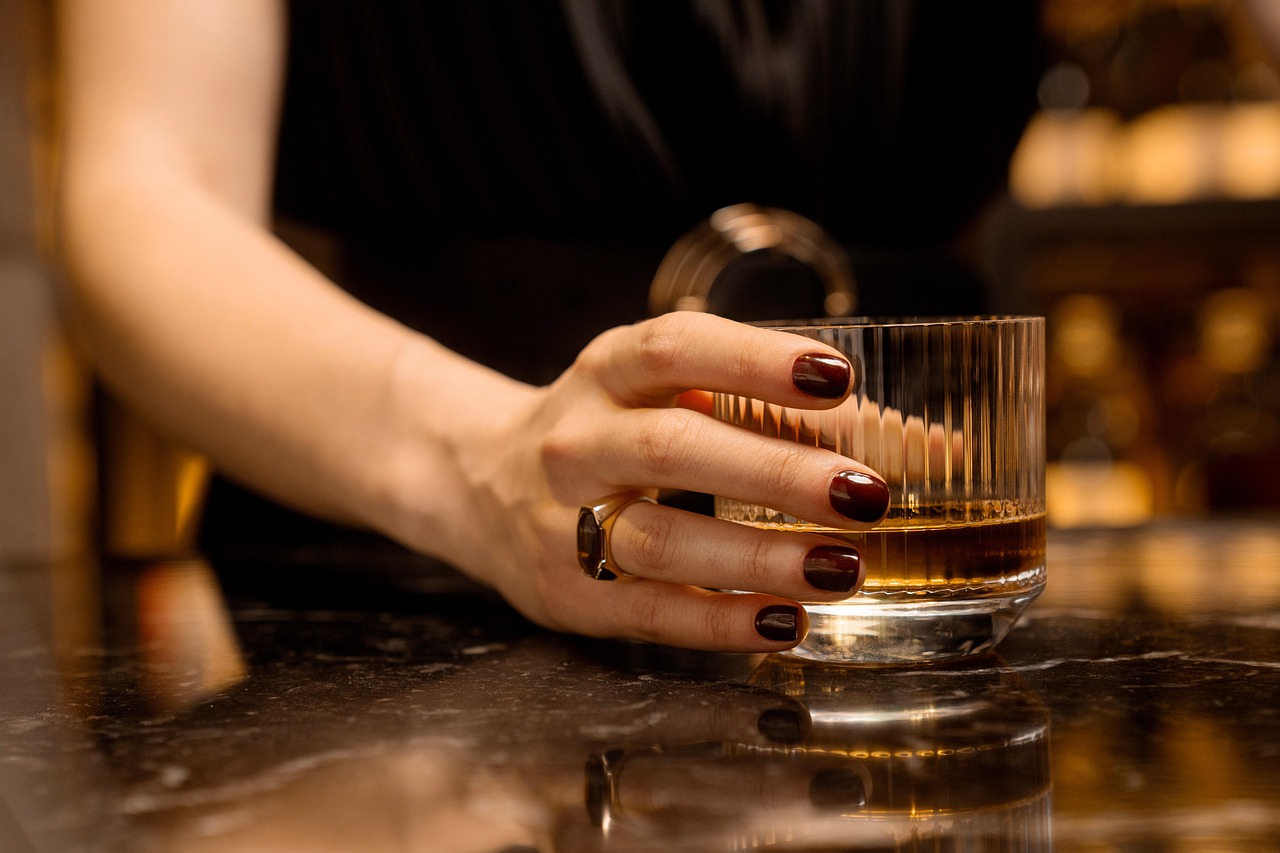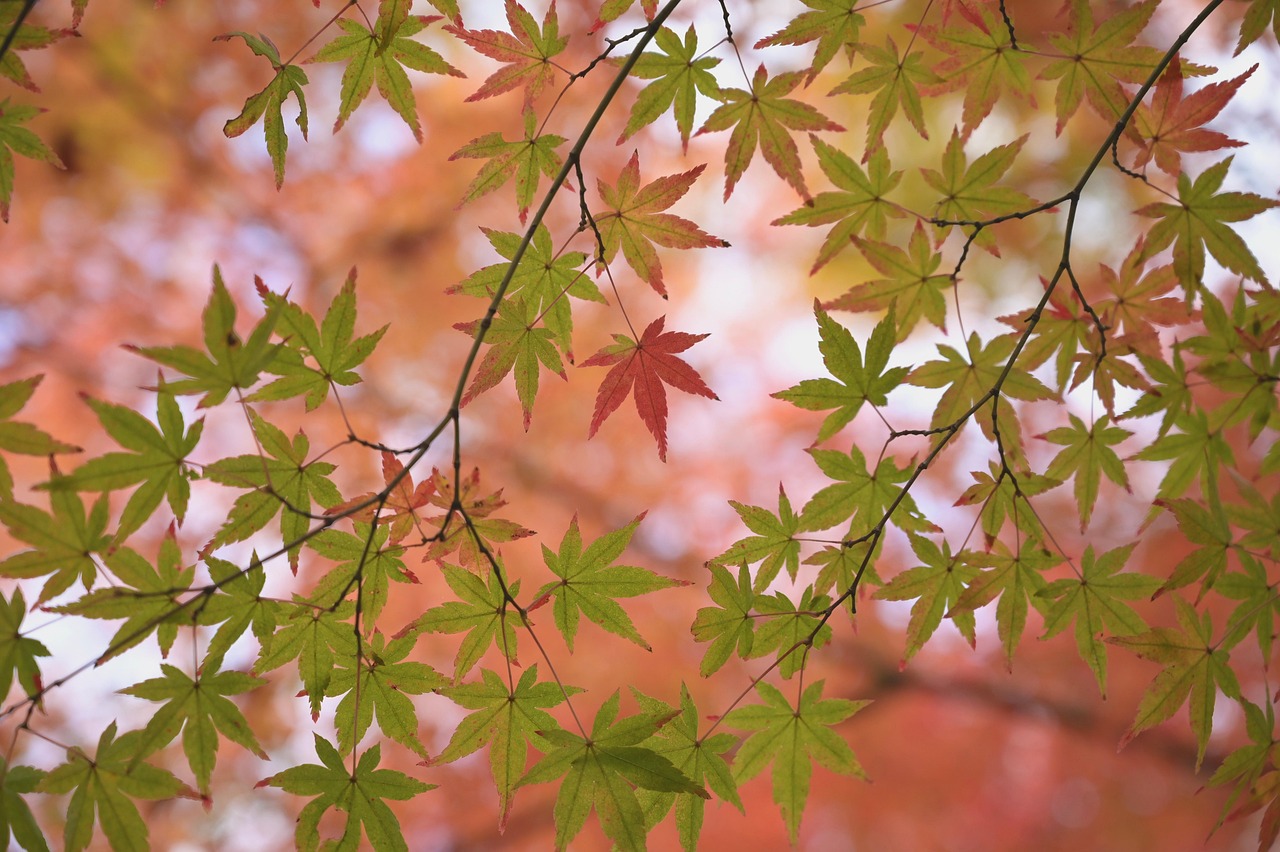Maple bars are made by preparing a sweet dough, frying it to a golden brown, and then topping it with a rich maple-flavored glaze. This delightful pastry combines a soft, cake-like texture with the unmistakable taste of maple syrup.
Maple bars are a beloved treat found in bakeries across North America. Their unique flavor profile and appealing appearance make them a popular choice for dessert or breakfast. These delicious pastries are typically made from a yeast-based dough that is deep-fried until golden brown. Once cooked, they are generously coated with a sweet maple glaze that adds the perfect finishing touch.
The history of maple bars can be traced back to traditional doughnut recipes, with an emphasis on incorporating maple syrup. Maple syrup, a natural sweetener derived from the sap of sugar maple trees, has been used for centuries. It not only enhances the flavor of the bars but also adds a touch of authenticity to this delightful treat.
Ingredients for Maple Bars

Making maple bars requires a few key ingredients that come together to create their signature taste and texture. Below is a list of the essential components needed to prepare these delicious pastries:
- All-purpose flour
- Granulated sugar
- Active dry yeast
- Milk
- Butter
- Eggs
- Maple syrup
- Salt
- Vegetable oil (for frying)
Each ingredient plays a vital role in developing the flavor and structure of the maple bars. For instance, the flour provides the necessary foundation for the dough. Sugar not only sweetens the mixture but also aids in browning during frying. The yeast is crucial for leavening, giving the bars their light and airy texture.
The Dough Preparation Process
The process of making maple bars begins with creating the dough. This is where the magic happens, transforming simple ingredients into something truly special. Here are the steps involved in preparing the dough:
- In a mixing bowl, combine warm milk and active dry yeast. Let it sit for about 5 minutes until it becomes frothy.
- Add granulated sugar, melted butter, and eggs to the yeast mixture. Mix thoroughly.
- Gradually add all-purpose flour and salt to the mixture. Stir until a dough forms.
- Knead the dough on a floured surface for about 5-7 minutes until it becomes smooth and elastic.
- Place the dough in a greased bowl, cover it with a cloth, and let it rise in a warm place for about an hour or until it doubles in size.
The rising period is essential as it allows the yeast to work its magic, creating air pockets within the dough. This results in a light and fluffy texture once cooked.
Frying the Maple Bars
Once the dough has risen, it’s time to shape and fry the maple bars. This part of the process is crucial for achieving that perfect crispy exterior while maintaining a soft interior. The following steps outline how to fry maple bars:
- Roll out the risen dough on a floured surface to about ½ inch thick.
- Cut the dough into rectangular shapes, traditionally around 3 inches by 5 inches.
- Heat vegetable oil in a deep fryer or large pot to 350°F (175°C).
- Carefully place several pieces of dough into the hot oil, ensuring not to overcrowd the fryer.
- Fry each side for about 2-3 minutes or until golden brown.
- Remove the fried bars and place them on paper towels to drain excess oil.
The frying process is where maple bars gain their characteristic golden-brown color and a slightly crispy texture. Proper oil temperature is critical; too hot can burn the bars while too cool can make them greasy.
Creating the Maple Glaze
The final touch for maple bars is the glaze. This sweet topping enhances their flavor and gives them an irresistible shine. The glaze can be made quickly with just a few ingredients:
- Powdered sugar
- Maple syrup
- Milk or cream (for consistency)
To prepare the glaze, simply whisk together powdered sugar with maple syrup and enough milk or cream until you reach your desired consistency. Once the fried bars have cooled slightly, dip them into the glaze or drizzle it over the top for an extra touch of sweetness.
The combination of fluffy dough and rich maple glaze creates an unforgettable flavor experience that many people adore. Enjoying freshly made maple bars is a delightful way to start the day or end any meal on a sweet note.
Variations of Maple Bars
Maple bars can be enjoyed in various ways, with numerous adaptations that cater to different tastes and preferences. While the classic maple glaze is a favorite, many bakers have experimented with different flavors and toppings. Here are some popular variations of maple bars:
- Chocolate Maple Bars: Incorporating chocolate into the glaze or adding chocolate chips to the dough creates a delightful combination of flavors.
- Maple Bacon Bars: Topping maple bars with crispy bacon bits adds a savory element that perfectly complements the sweetness of the glaze.
- Nutty Maple Bars: Adding chopped nuts such as walnuts or pecans to the dough or as a topping can enhance the texture and flavor.
- Spiced Maple Bars: Incorporating spices like cinnamon or nutmeg into the dough can give these bars a warm, comforting flavor.
These variations allow for creativity in the kitchen and offer something for everyone, making maple bars a versatile treat suitable for any occasion.
Popular Serving Suggestions
Maple bars are not only delicious on their own, but they can also be served with various accompaniments to elevate the experience. Here are some popular serving suggestions:
- Coffee Pairing: Enjoying maple bars with a cup of freshly brewed coffee creates a delightful morning ritual.
- Ice Cream Sandwich: Placing a scoop of vanilla or maple-flavored ice cream between two maple bars transforms them into a decadent dessert.
- Fruit Compote: Drizzling warm fruit compote over maple bars adds a refreshing, tangy contrast to the sweetness.
- Whipped Cream: Topping maple bars with whipped cream enhances their creaminess and adds an extra layer of indulgence.
These serving suggestions can enhance the enjoyment of maple bars, making them perfect for sharing at gatherings or indulging in a special treat at home.
The Nutritional Aspect of Maple Bars
Like many pastries, maple bars should be enjoyed in moderation. Understanding their nutritional content can help individuals make informed dietary choices. Here is a general overview of the nutritional aspects of a typical maple bar:
| Nutrient | Amount per Serving (1 Maple Bar) |
|---|---|
| Calories | 300-400 |
| Total Fat | 15-20g |
| Saturated Fat | 5-8g |
| Sugar | 20-25g |
| Protein | 3-5g |
| Carbohydrates | 40-50g |
The numbers above can vary based on specific recipes and portion sizes. The combination of sugar and fat contributes to the overall calorie count, making maple bars a treat best enjoyed occasionally rather than as a regular snack.
Baking Tips for Perfect Maple Bars
If you’re interested in crafting your own delicious maple bars at home, here are some helpful tips to ensure success:
- Measuring Ingredients Accurately: Use precise measurements for all ingredients to achieve consistent results. Consider using a kitchen scale for more accuracy.
- Temperature Control: Ensure that milk and eggs are at room temperature before incorporating them into the dough. This helps the ingredients combine more evenly.
- Kneading Technique: Knead the dough thoroughly. A well-kneaded dough will result in better texture and rise during frying.
- Oil Temperature Check: Use a thermometer to monitor oil temperature. Maintaining the right heat will prevent greasy bars and ensure even cooking.
- Topping Timing: Apply the glaze while the bars are still warm. This allows the glaze to adhere better and creates a delicious sticky coating.
By following these tips, bakers can create perfect maple bars that are sure to impress friends and family. With practice, anyone can master this delightful treat and enjoy it fresh from their kitchen.
Storing Maple Bars
<

p>If you find yourself with leftover maple bars, proper storage is essential to maintain their freshness. Here are some effective methods for storing them:
- Airtight Container: Place cooled maple bars in an airtight container. This will help keep them moist and prevent them from drying out.
- Refrigeration: For longer storage, consider refrigerating the bars. They can last up to one week in the refrigerator when stored properly.
- Freezing: Maple bars can also be frozen for up to three months. Wrap each bar individually in plastic wrap before placing them in a freezer-safe bag or container.
This allows you to enjoy these delightful treats at your convenience without sacrificing taste or quality.
<

h2>Maple Bars in Popular Culture
Maple bars hold a special place in popular culture, particularly in North America, where they are often associated with coffee shops and bakeries. Their striking appearance and delicious taste make them a favorite subject in various forms of media, from cookbooks to social media posts. Here are some insights into their cultural significance:
- Culinary Shows: Many cooking programs feature maple bars as a quintessential treat, showcasing the art of dough-making and glazing techniques.
- Social Media Trends: Maple bars often trend on platforms like Instagram and TikTok, with food enthusiasts sharing their own takes on the classic recipe and innovative variations.
- Regional Festivals: In regions where maple syrup is produced, festivals celebrate the syrup’s harvest, often including maple bars as a highlight of the event.
This cultural presence has helped sustain the popularity of maple bars, ensuring they remain a beloved treat for generations.
Making Maple Bars Vegan
For those following a vegan lifestyle, it is entirely possible to create a delicious version of maple bars without using any animal products. Here are some substitutes and tips for making vegan maple bars:
- Milk Replacement: Use plant-based milk such as almond, soy, or oat milk instead of dairy milk. Ensure it is unsweetened for the best flavor balance.
- Butter Substitute: Replace butter with vegan margarine or coconut oil. This will maintain the richness of the dough.
- Egg Alternative: Use flaxseed meal or applesauce as an egg replacer. For flaxseed, mix one tablespoon with three tablespoons of water and let it sit until it thickens.
- Sugar Consideration: Ensure that the sugar used is vegan-friendly, as some sugars are processed with bone char.
These substitutions allow bakers to enjoy maple bars that align with their dietary preferences while preserving that beloved flavor and texture.
Maple Bars and Their Nutritional Impact
The nutritional value of maple bars can vary significantly depending on the ingredients used and portion sizes. Understanding these impacts can help individuals make healthier choices when enjoying this treat. Here’s a closer look at some nutritional considerations:
- Calories: A typical maple bar contains between 300-400 calories. This can increase with added toppings or variations.
- Sugar Content: The sugar content can be high due to both the dough and the glaze. It’s essential to consume these treats in moderation, especially for those monitoring their sugar intake.
- Fat Content: The frying process adds fat to the bars. Opting for an air fryer or baking instead can reduce fat content significantly.
- Nutritional Benefits: While maple syrup does contain some antioxidants and minerals like manganese and zinc, the overall nutritional profile should be balanced with healthier foods.
For those looking for indulgence without excessive guilt, consider pairing maple bars with fresh fruits or nuts to enhance their nutritional value while satisfying your sweet tooth.
Maple Bar Recipes from Around the World
While maple bars are primarily known in North America, many cultures have their own versions of fried or glazed pastries that showcase similar techniques or flavors. Here are a few international treats that might appeal to fans of maple bars:
- Krapfen (Germany): These German donuts are filled with various jams or creams and often dusted with powdered sugar. They are similar in texture to maple bars but offer different flavor profiles.
- Sfogliatelle (Italy): This Italian pastry features layers of dough filled with sweet ricotta cheese. While not fried, their flaky texture is reminiscent of maple bars.
- Beignets (France): These deep-fried pastries are often coated in powdered sugar and served warm. They share the same indulgent qualities as maple bars but can be enjoyed plain or filled.
Exploring these variations can provide inspiration for new takes on maple bars or simply satisfy a craving for fried pastries from different cultures.
Hosting a Maple Bar Party

If you’re looking to celebrate the joy of maple bars, consider hosting a themed party focused on this delightful treat. Here are some ideas to make your gathering memorable:
- Maple Bar Bar Station: Set up a station where guests can create their own maple bars with various toppings such as sprinkles, nuts, chocolate drizzle, or fresh fruits.
- Tasting Flight: Offer a variety of maple bar flavors for guests to sample. Include classic, chocolate, bacon-topped, and spiced versions to showcase diversity.
- Beverage Pairings: Serve different beverages that pair well with maple bars. Consider coffee, tea, or even craft beers that complement the sweetness of the bars.
- Recipe Sharing: Encourage guests to bring their favorite maple-inspired recipes to share, fostering a sense of community and creativity.
A maple bar-themed party is not only fun but also allows everyone to indulge in their love for this sweet pastry while exploring new flavors and combinations.
Exploring Maple Syrup’s Role in Maple Bars
Maple syrup is not just a key ingredient in maple bars; it is also a beloved staple in many households. Its rich flavor and natural sweetness make it an ideal choice for baking and cooking. Understanding the production and varieties of maple syrup can enhance your appreciation of maple bars.
Maple syrup is produced by tapping sugar maple trees in late winter and early spring. The sap collected from these trees is then boiled down to create syrup. The process is labor-intensive but results in a product that is both delicious and versatile.
Types of Maple Syrup
Maple syrup comes in several grades, each varying in flavor and color. Here are the main types:
- Golden Color, Delicate Taste: This grade is light and has a mild flavor, making it perfect for pancakes and waffles.
- Amber Color, Rich Taste: Slightly darker, this syrup has a more robust flavor that pairs well with baked goods like maple bars.
- Dark Color, Stronger Taste: This syrup has a deep flavor that stands out when used in recipes, enhancing the overall taste of the dish.
- Very Dark Color, Robust Taste: The strongest flavor profile, ideal for cooking and baking where a bold maple presence is desired.
Choosing the right grade of maple syrup for your maple bars can significantly impact the flavor profile. Many bakers prefer using amber or dark syrup for their richness, which complements the sweetness of the glaze beautifully.
Healthier Alternatives for Maple Bars
If you’re looking to enjoy maple bars with a healthier twist, there are various substitutes and modifications you can make to the traditional recipe. Here are some ideas:
- Whole Wheat Flour: Substitute all-purpose flour with whole wheat flour to increase fiber content while maintaining a nice texture.
- Natural Sweeteners: Replace granulated sugar with natural sweeteners like honey, agave nectar, or coconut sugar to reduce refined sugar intake.
- Lower Fat Options: Use unsweetened applesauce or mashed bananas instead of butter to cut down on fat while keeping the bars moist.
- Gluten-Free Version: For gluten-free options, substitute all-purpose flour with gluten-free flour blends available in stores.
These alternatives allow those with dietary restrictions or health-conscious individuals to enjoy maple bars without sacrificing taste.
The Joy of Baking with Family and Friends
Baking maple bars can be an enjoyable activity to share with family and friends. It’s more than just creating a delicious treat; it’s about the experience of coming together in the kitchen. Here are some ideas for making baking sessions memorable:
- Cooking Classes: Consider hosting a small cooking class where everyone can learn how to make maple bars together.
- Baking Competitions: Organize a friendly competition among friends to see who can create the best maple bar variation.
- Kids in the Kitchen: Involve children in the baking process. Let them help with mixing or decorating, fostering their love for cooking.
The joy of creating something from scratch can bring people closer together, making the end result even more rewarding when shared.
Final Thoughts
Maple bars are a delicious pastry that combines simplicity and flavor, making them a favorite for many. The process of making them—from preparing the dough to frying and glazing—offers a wonderful opportunity for creativity in the kitchen. With various adaptations and serving suggestions, maple bars can cater to different tastes and occasions.
The cultural significance of maple bars, along with their versatility in recipes, ensures they remain a cherished treat across generations. Whether enjoyed fresh from the oven or at a gathering with loved ones, these pastries provide a delightful experience that celebrates both tradition and innovation.
By exploring the different aspects of maple bars—from their ingredients to serving ideas—bakers can expand their culinary repertoire and enjoy this beloved treat in new ways. So gather your ingredients, invite some friends or family, and start creating your own delicious maple bar masterpieces!
